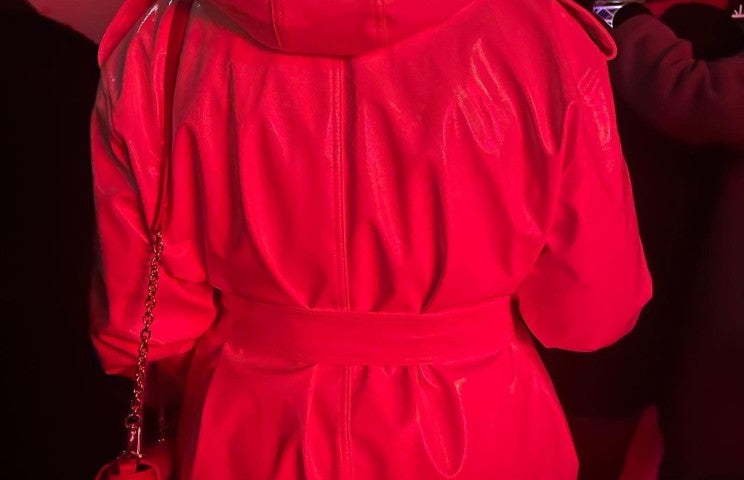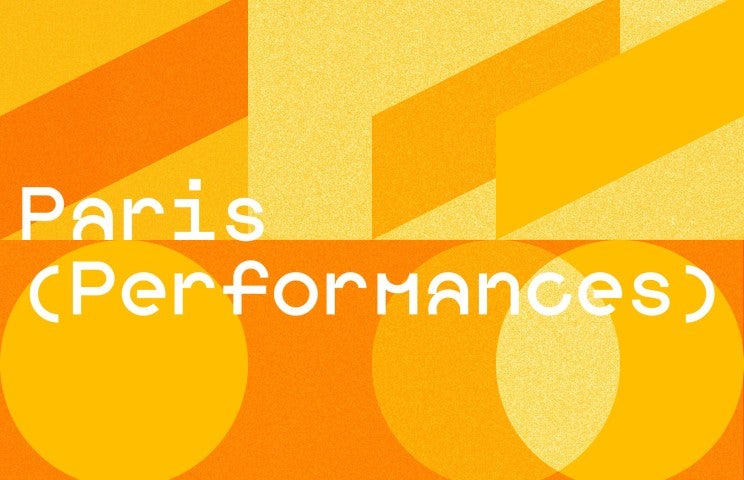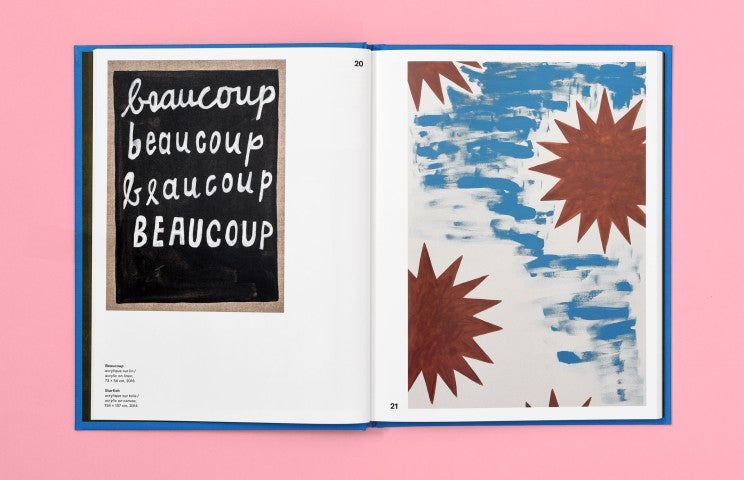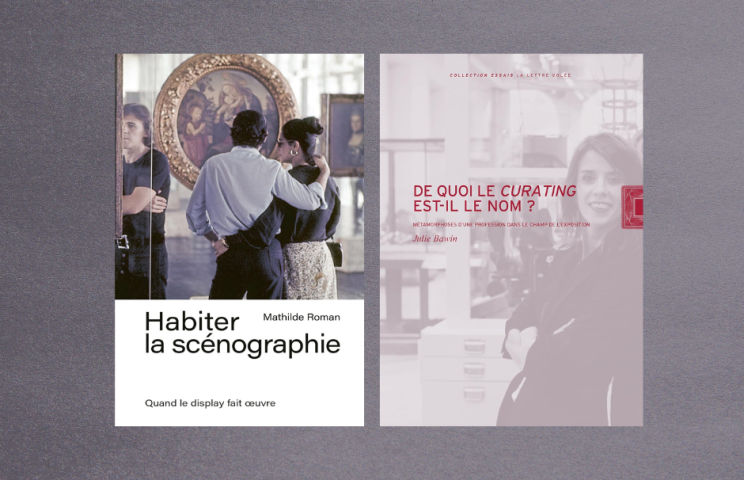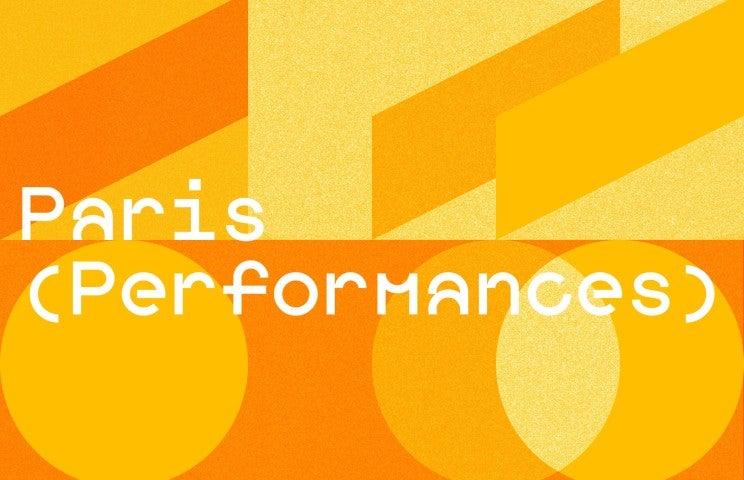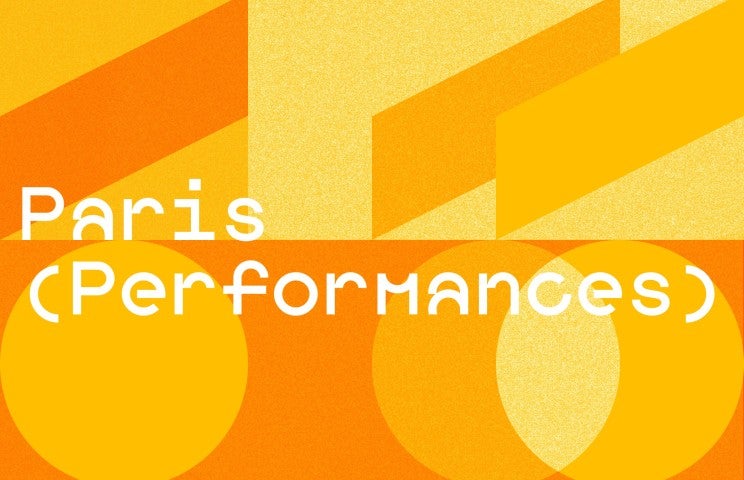APRES COUP Irak
Brian de Palma’s Redacted, which was released on French screens in February 2008, and Frédéric Boyer’s Hammurabi, Hammurabi, published by P.O.L. in January 2009, will punctuate, by turns or together, a discussion on the war in Iraq and its representation in moving images and in the space of words.
An apparent paradox characterizes the representation of the conflict in Iraq. On the one hand, images of the war and of the many bomb attacks related to it are broadcast on television news outlets following a principle of scarcity (such media shortage is one of the major differences with the Vietnam war). On the other hand, these images are massively present on the Internet in spite of their scattering, their mediocre quality, and their limited lifespan (videos made by soldiers or insurgents sometimes remain posted on YouTube just a few hours). On the one hand, an almost complete invisibility (we know close to nothing on the machines and the bodies involved in the war); on the other hand, an extreme yet precarious availability on our computer screens of events referring to the battles as well as the suspensions in a conflict now entering its seventh year.
Starting from Brian de Palma’s film and Frédéric Boyer’s book, we will try and examine a number of problems raised by the situation in Iraq and the audiovisual conditions of its reception for the artists and writers who want to give an account of it. A first problem has to do with memory, from the political amnesia orchestrated by the Bush administration (the initial lie and the misinformation that followed – as expressed in the notion of « redaction ») to a diminishing historical knowledge struggling to find the means of its formulation (hence, perhaps, the detour through the department of Near Eastern Antiquities in the Louvre, which holds the Code of Hammurabi, king of Babylon, who ruled almost 4000 years ago). A second problem is thought and the speed of thought, in cinema as in literature: accelerations and the stretching of time in editing images, variations and ellipses in the succession of sentences, all of which put our perception thresholds to the test at a time when the stake is no longer to effect a shock in thought but to beget a delayed sideration effect. A final issue is that of the quarrel between genres: Redacted appears as a fake documentary while Hammurabi Hammurabi organizes the confrontation between a Mesopotamian stele and an Apache helicopter. Are they fictions? Archives? The methodical blurring of genres has meaning only if it correlatively allows a shift in the evidence provided by our senses.
BIOGRAPHIES
Frédéric BOYER is a writer and a translator. He has published Vaches [« Cows »] and a new translation of St Augustine’s Confessions, Les Aveux (another French word for « confessions ») with P.O.L. in 2008. This year his Orphée and Hammurabi Hammurabi have appeared with the same publisher.
Dork ZABUNYAN is an assistant professor in Film Studies at the university of Lille 3. His recent publications include « Qu’est-ce que la cinéphilosophie ? » (Art Press, Nov. 2008), « Pourquoi je suis si bête » [« Why I am so stupid »] (Critique, Nov. 2008), « De Franz Kafka à Jack Bauer » (Trafic, Winter 2008), « De l’indistinction en art et de la possibilité d’en sortir » [« On Indiscrimination in Art and the Possibility of Ending It » (RiLi, Jan.-Feb. 2009), « L’image au-delà de l’onde de choc » [« The Image, Beyond the Shock Wave »] (Art Press, March 2009), « Le nietzschéisme acharné de Michelangelo Antonioni » [« Michelangelo Antonioni’s Unremitting Nietzscheism »] (Trafic, Spring 2009).







